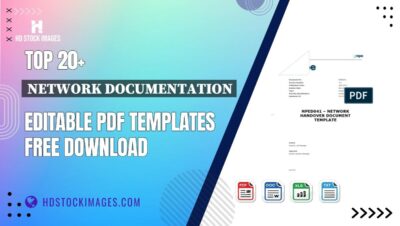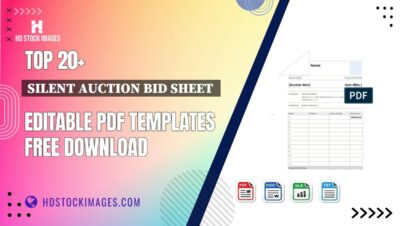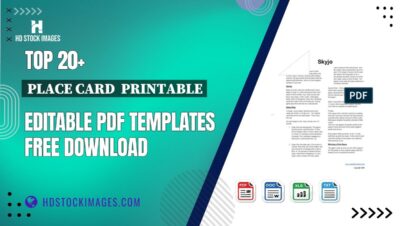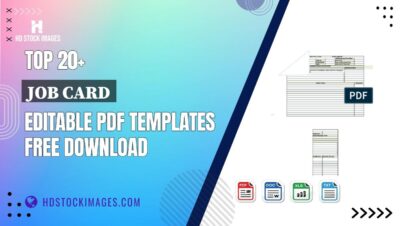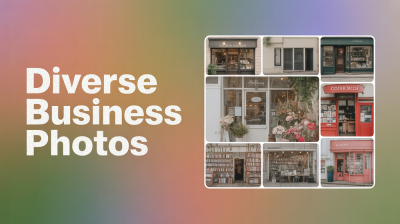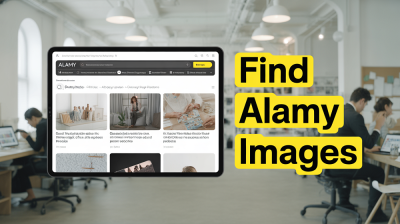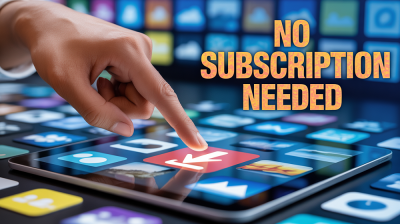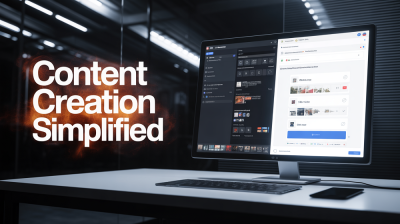I’ve been a graphic designer for over five years, and let me tell you, Behance is my go-to when I need a creative spark. What’s Behance? It’s this amazing platform by Adobe where designers, artists, and photographers share their work think portfolios bursting with UI designs, logos, and illustrations. But here’s the problem I used to face: saving those gorgeous images for later wasn’t easy without the right tools. That’s where a Behance image downloader comes in handy. It lets you grab high-quality images fast and keep your design references neat. In this post, I’m sharing my journey with these tools, some practical tips, and a few mistakes I’ve made along the way. Let’s jump in!
Why Behance Is a Designer’s Best Friend
Behance is like a candy store for creatives. You’ve got everything from sleek app interfaces to bold branding projects. Why do I collect design references? They inspire me, keep my work original, and help me stay on top of trends. Back when I started freelancing, I’d save Behance links in my browser, thinking I was organized. Big mistake. What if the page disappears or my Wi-Fi dies? Downloading images became my solution.
One time, I was designing a logo for a coffee shop client. I needed minimalist vibes, and Behance had tons of ideas. But copying links by hand was a drag. I discovered a downloader and grabbed dozens of images in minutes, which I later turned into a moodboard. It was a game-changer. Ever lost track of your inspiration? A downloader can save you.
Also Read This: Get Your Behance QR Code for Easy Portfolio Sharing
What Exactly Is a Behance Image Downloader?
A Behance image downloader is a tool maybe a browser extension, an app, or a website that lets you save images from Behance projects, often in crisp, high-res quality without watermarks. Is it okay to use them? For personal inspiration, sure, but always check the artist’s terms to avoid copyright trouble.
I’ve tried a bunch of tools. Locoloader is my favorite because it’s clean and doesn’t bombard you with ads. The Experts Tool is solid for grabbing images in JPG or PNG. If you need to download entire galleries, WFDownloader App is a beast it handles bulk downloads like a pro. I also like the Behance Saver Chrome extension; it snags the best resolution right from the page. For coders, BeDownloader on GitHub is awesome since you can tweak it to your needs.
What to Look for in a Downloader:
High-res images: Because blurry refs are useless.
Bulk downloads: Save whole projects in one click.
Clean files: No watermarks, but stay ethical.
Easy to use: No tech degree required.
I once used BeDownloader for a client pitch. It pulled an entire designer’s portfolio in seconds, and I felt like a tech wizard. What’s your go-to tool for saving inspiration?
Also Read This: Accessing Your Behance URL and Sharing Your Profile Web Address
How to Use a Downloader: My Step-by-Step Process
Using a downloader is super simple. Here’s how I do it, usually with something like Locoloader or Behance Saver.
Hunt for Inspiration: Scroll through Behance, find a project you love, and copy its URL.
Pick Your Tool: Open the downloader’s site or extension and paste the URL.
Tweak Settings: Choose image quality or format. Some tools let you pick specific sizes or entire galleries.
Save It: Hit download, and the images land in a folder, often zipped for convenience.
Need motion design refs? Some tools, like Tenorshare’s downloader, grab videos too. I used it for an animation project to study transitions offline worked like a charm. A tip from my screw-ups: always virus-scan files from free tools. Stick to trusted ones to avoid headaches.
Once, I was racing against a deadline for a website redesign. A downloader helped me grab UI refs fast, and I sorted them into folders later. Ever missed a deadline because of messy files? A good tool can keep you on track.
Also Read This: How to Adjust the Publish Date in Behance Managing Your Project Timeline
Organizing Your References Like a Boss
Downloading is just step one. The real trick is turning those images into a library you can actually use. How do I do it? I start with folders on my laptop or Google Drive.
Here’s my folder setup:
Folder | What’s Inside | When I Use It |
|---|---|---|
UI/UX | App and web interfaces | Planning app layouts |
Branding | Logos, fonts, colors | Client branding gigs |
Illustrations | Digital art and sketches | Personal art projects |
Moodboards | Themed collections | Campaign pitches |
After downloading, I rename files with clear names like “minimal-logo-coffee.jpg” so I can find them fast. Tools like Adobe Bridge or even Google Photos let you tag images for easier searches.
For a recent website project, I used WFDownloader to grab Behance refs, then sorted them by color scheme. Showing those organized folders to the client made me look like a pro. Ever spent ages hunting for one image? Tags and clear names fix that.
My Top Organization Hacks:
Visual Boards: Use Eagle or PureRef to create moodboards from your downloads.
Cloud Backup: Sync to Dropbox so you can access refs anywhere.
Clean Up: Toss out duplicates or old images every few months.
Add Context: Drop a text file in each folder explaining why you saved an image.
I saw designers on Reddit talking about sorting refs by project type, and it inspired my system. It’s saved me so much time.
Also Read This: How to Increase Likes on Behance: Tips for Gaining More Engagement on Your Projects
My Wins and Fumbles with Downloaders
Let me tell you about a pitch I did for a fashion brand. Behance had killer portfolio pieces, but saving images manually gave me low-res junk. I switched to Behance Saver, and bam high-res downloads in seconds. I popped them into Eagle for a sleek visual board, and the client was hooked. That project was a win because of those refs.
But I’ve messed up too. Early on, I tried a random downloader and got stuck with watermarked images. Total waste. Now I stick to trusted tools like Locoloader. Ethically, I always remind myself: downloads are for inspiration, not stealing. Can you use them for personal study? Yup, but don’t repost without permission.
Another time, I was in a creative slump. I used Experts Tool to grab illustration refs, sorted them by style vector, flat, you name it and it sparked a new project. These tools aren’t just for saving; they’re for unlocking ideas. Ever hit a creative wall? A downloader and a solid sorting system can pull you out.
Also Read This: How to Access Your Behance Portfolio Offline
The Good and the Not-So-Good
Here’s the deal with downloaders.
Why They Rock:
Save hours: No more right-clicking every image.
Work offline: Perfect for travel or bad Wi-Fi.
Crystal-clear quality: Great for studying details.
Play nice with Photoshop: Import refs directly.
The Downsides:
Copyright gray areas: Stick to personal use.
Shady tools: Some come with ads or bugs.
Disk space: High-res images pile up fast.
Tech changes: Behance updates can break older tools.
For me, the benefits are huge, especially when deadlines are tight.
Also Read This: How to Edit Your Behance Portfolio for Optimal Project Presentation
Tips to Stay Smart and Alternatives to Try
Here’s how I make the most of downloaders:
Respect Creators: Use images to learn, not copy.
Back Up: Save your library to avoid losing it.
Try Alternatives: Behance’s save feature or screenshots work, but they’re often low-res.
Keep Up: New tools come out as tech changes.
If you’re into open-source, BeDownloader on GitHub lets you customize everything. The Image Downloader Chrome extension is also great for quick grabs. I’ve used both for small projects, and they’re solid.
Wrapping It Up
A Behance image downloader can change how you handle design references. From snagging inspiration to building a tidy library, it’s a must for any designer. Tools like Locoloader and WFDownloader have saved me hours, letting me focus on creating, not searching. My advice? Try one out, keep it ethical, and organize like a pro. Your next project will thank you.
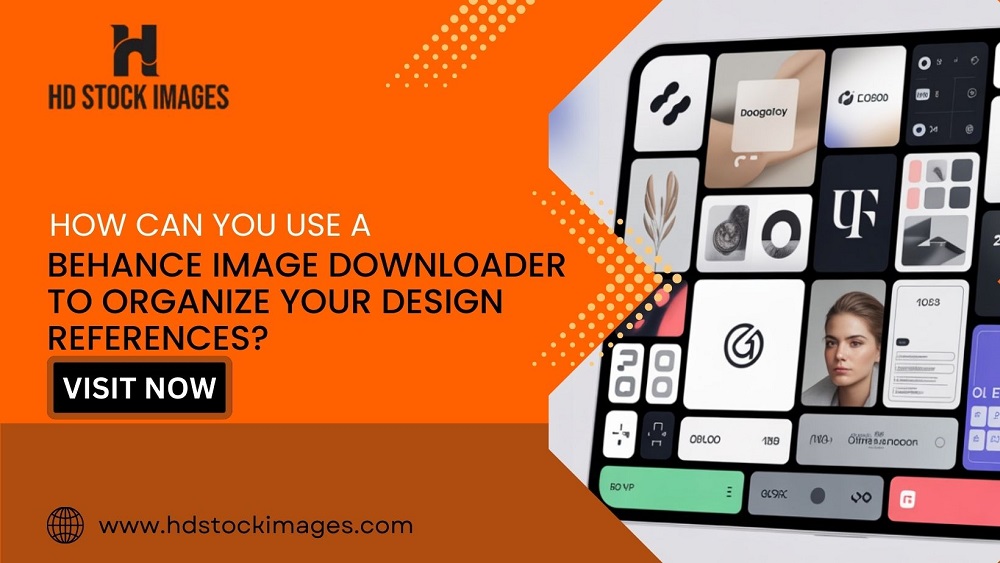
 admin
admin